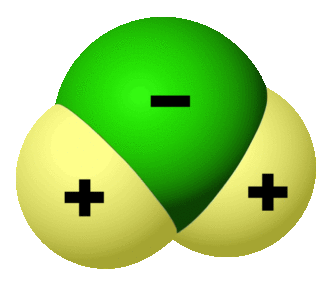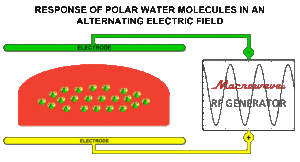
13 Sep RF: Validated Kill-Step in the Production of Baked Goods
Radio Frequency Heating Provides a Validated Kill-Step in the Production of Baked Goods
By: Timothy D. Clark, President & CEO, Radio Frequency Company, Inc.
For over 60 years, Radio Frequency (RF) post-baking dryers have been utilized on cracker and snack food production lines to increase productivity and also eliminate checking problems. Recently, however, as food safety has taken center stage, the unique mechanics of radio frequency heating has grown into the preferred method to reduce water activity and also to provide a validated kill-step in the production of finished baked goods.
Many bakers have recently discovered that the internal temperatures of products like soft cookies, bars, and cakes do not reach a temperature high enough to have a validated kill-step, in that portion of the product, leaving open the possibility for pathogens to survive the baking process. Making matters worse from a food safety perspective, is that the cooler center of the products, also have the highest moisture content and water activity such that microbial growth can more readily occur. However, because RF energy will preferentially heat a product where the moisture content is the highest, it has the unique ability to quickly raise internal temperatures without overheating or over drying the external surfaces of the products.

The polar structure of a water molecule is the basis for this preferential heating effect. In the graphic below, you can see how a water molecule is positively charged on one side and negatively charged on the other. Because of this, it will constantly rotate to face the opposite pole in an oscillating electric field, much the way a bar magnet would rotate to face the opposite pole of a magnetic field. This molecular rotation causes friction, which instantaneously creates heat within the product.
 When we look at the moisture profile of a typical baked product as it nears completion in the conventional bake oven (graphic below), the predominance of moisture is located in the cooler center of the product. Accordingly, when exposed to an RF field, the center will immediately heat to the desired kill-step temperature and also reduce water activity at the location where free water is most prevalent.
When we look at the moisture profile of a typical baked product as it nears completion in the conventional bake oven (graphic below), the predominance of moisture is located in the cooler center of the product. Accordingly, when exposed to an RF field, the center will immediately heat to the desired kill-step temperature and also reduce water activity at the location where free water is most prevalent.
75kW Macrowave™ (RF) Pasteurization System

The Food Safety Modernization Act (FSMA) has brought to light many new challenges for the producers of snack food products and in this case, the application of an established baking technology has been reimagined and deployed to provide the perfect solution. RF systems are available in many configurations making them relatively easy to retrofit into an existing baking line, and very easy in the case of a new line. Additionally, by eliminating the final interior heating responsibility from the conventional oven, an leaving it to the RF heating system (i.e.: post-bake), band speeds can be increased along with product quality and profitability making this hybridized baking solution ideal to meet today’s food safety challenges.





Sorry, the comment form is closed at this time.